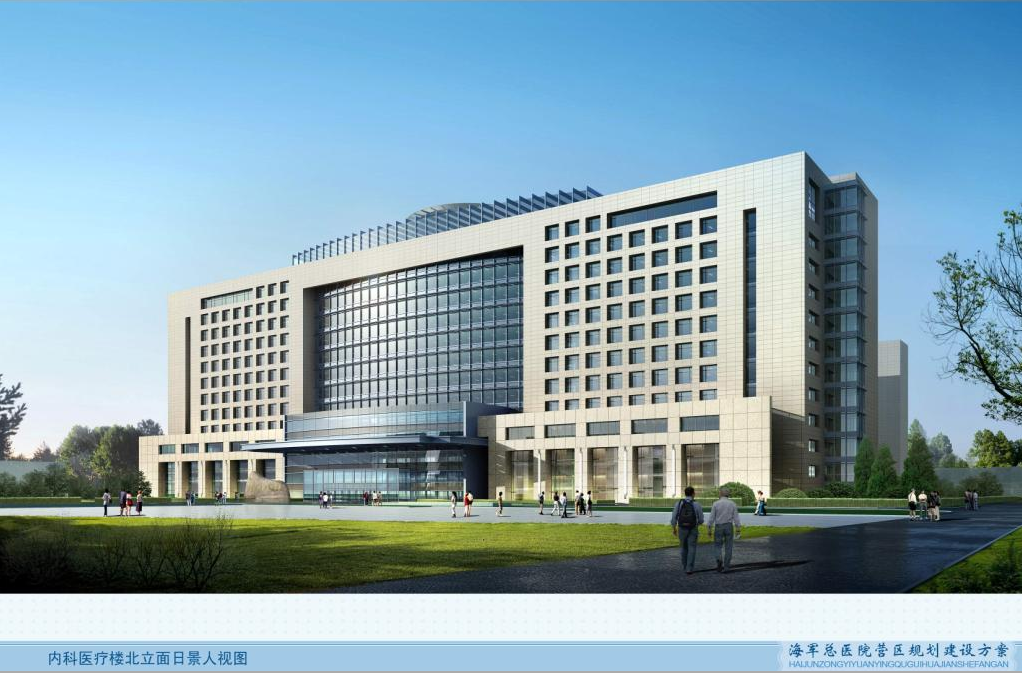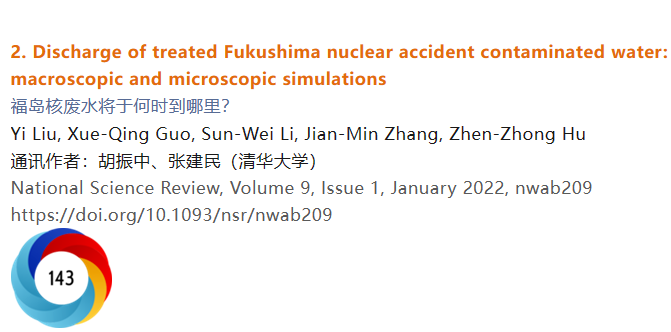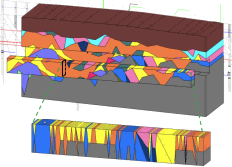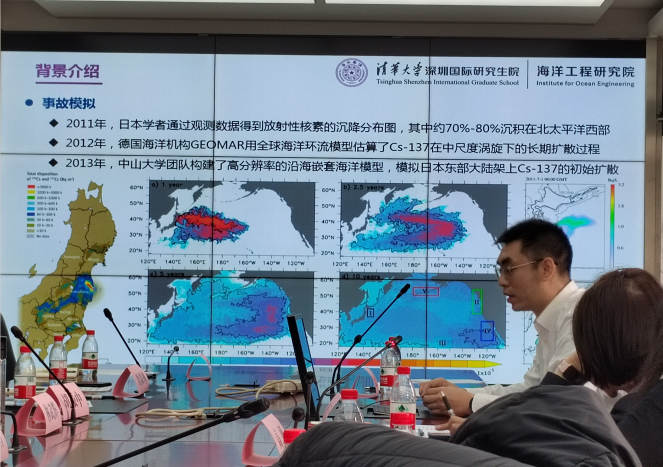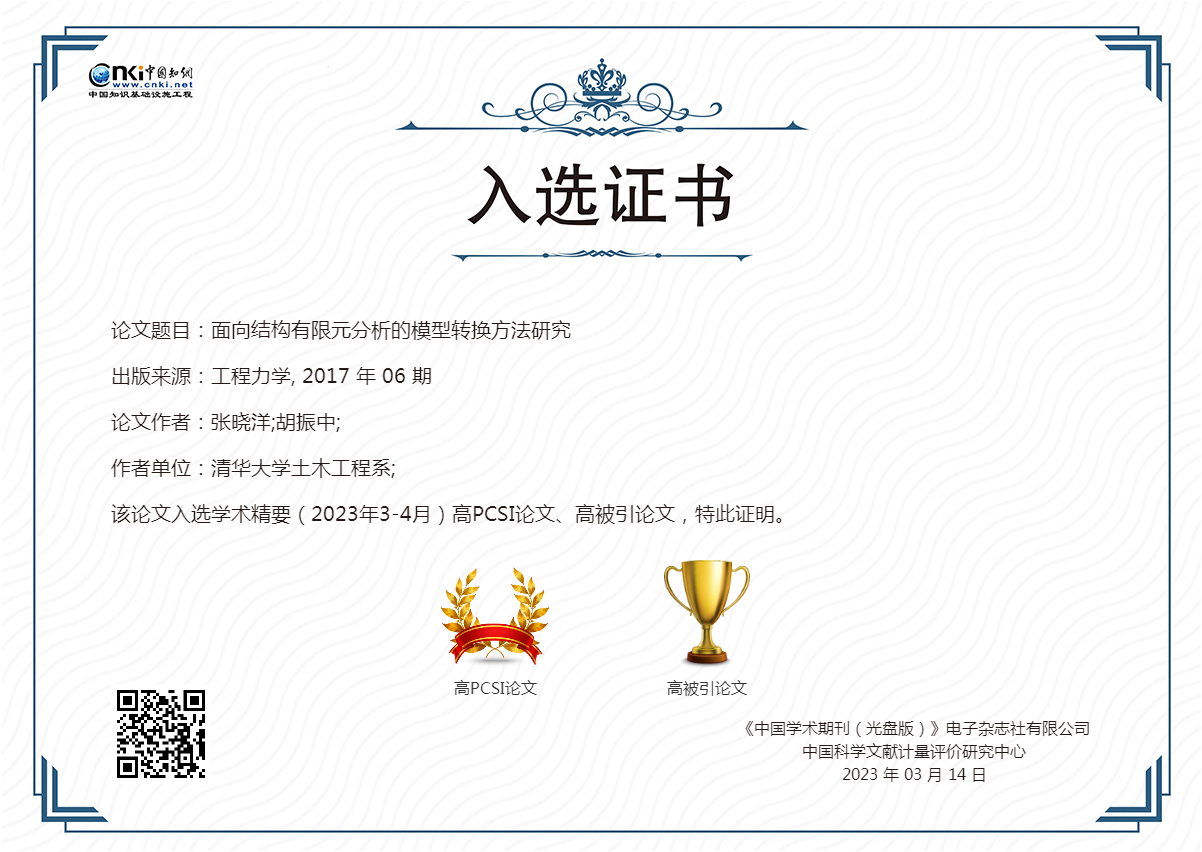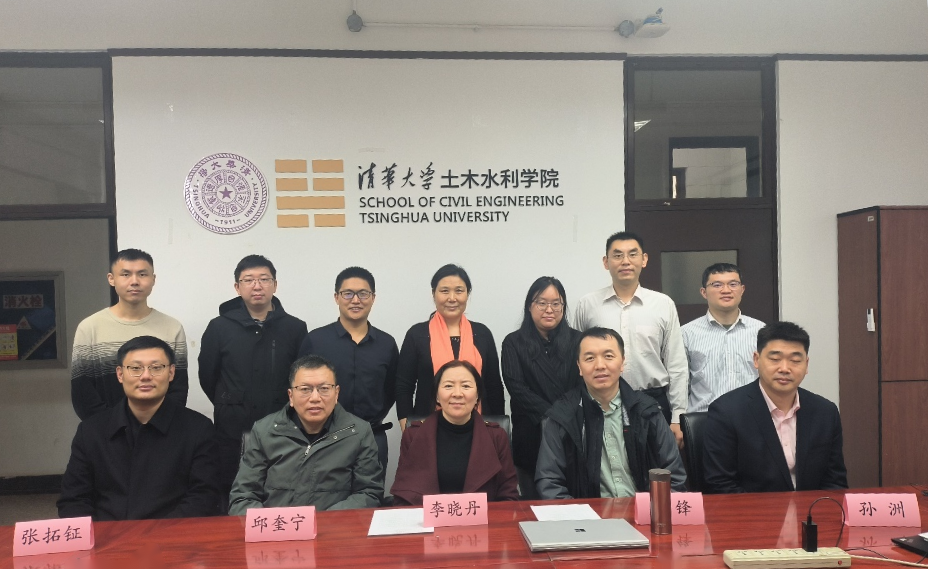On March 14 and 16, the subject-level and project-level performance evaluation meeting of "Application Information Platform of Rural Housing Design and Construction Technology" under the national Key research and development Plan "Key Technologies of Rural Housing Design and Construction" was held respectively in Beijing.
Among them, the 14th meeting evaluated the work performance of each research task under the project. As the person in charge of the research task "Lightweight Platform Framework and interface Technology based on GIS/BIM", I attended the meeting and reported the research results, technical innovation and completion of assessment indicators achieved in the four years of the research task. Experts formed a unified opinion after discussion, the six research tasks under the subject all passed the performance acceptance. The meeting on 16th accepted the work results of each subject under the project. Professor Zhao Hongrui, who is in charge of the project, will report on behalf of the project, and I will attend the meeting as the person in charge of the research task. After extensive discussion and inquiry, all subjects under the project passed the performance assessment.
The implementation period of the project "Information Platform for Application of Rural Housing Design and Construction Technology" is 2018-2022. Aiming at the problem of backward information technology application level of rural residential projects, this project developed a series of digital tools in planning, design and construction stage, and finally formed a complete information support platform. The task of "Lightweight platform framework and interface Technology based on GIS/BIM", which I am responsible for, focuses on key technologies such as data management, model visualization and platform development in the subject, which provides the platform framework foundation for the smooth promotion of the subject.




